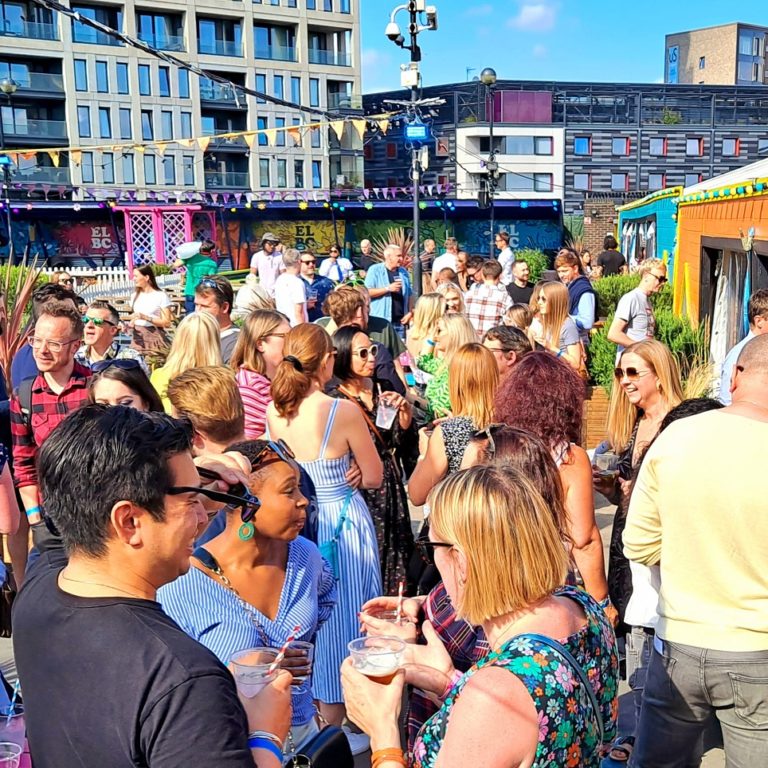

In recent Grocery Eye articles, we’ve talked about grocery being a key area where consumers say they want to shop more sustainably but also why this desire wasn’t always followed with actions.
If 72% of us are influenced by a desire to be more environmentally sustainable when grocery shopping, why are only 18% buying products that have a lower carbon footprint? And what is preventing the 60% who would consider doing so?
Brands are doing a great job to communicate sustainability initiatives above-the-line, but it is not enough at point of sale.
For me, there are two key reasons: knowing what sustainability means to you and being able to easily identify it at point of sale.
First, consumers don’t always know what they are looking for when it comes to sustainability. This makes shopping sustainably at the local supermarket or online grocer challenging especially when there are no definitive and instantly recognisable attributes highlighting which products are sustainably sourced. On top of that, when you are trying to get your weekly shop done in 50 minutes before you have to pick up the kids from football practice, making sure you’ve got everything on your list, along with picking up everybody’s favourite yoghurt flavour, you usually don’t have the headspace to also think about sustainability. After all, they’re called fast-moving goods for a reason.
Second, even if you know what you are looking for, it can be incredibly difficult to find the item, once at point of sale. Take it from someone who has had to learn to shop for vegan products in recent years. Initial trips to the supermarket as a vegan shopper were both extremely lengthy and excruciatingly frustrating, checking ingredient lists at the back of the pack for absolutely everything, for lack of other visual cues (or for not recognising them).
So, what are people looking for when it comes to sustainability? The answer is they are looking for a variety of things and here lies the first challenge. Many focus on packaging cues: 55% want to see recyclable packaging, 49% minimal packaging. But that’s not all, around 40% want to see locally sourced ingredients, a similar percentage expect low carbon emissions or minimised waste. And the list goes on. With so many things to consider and so little time at point of sale, it’s no wonder that shoppers can feel overwhelmed and consequently, incapable of taking sustainability into account in their everyday shopping decisions.
Brands are doing a great job to communicate sustainability initiatives above-the-line, but it is not enough at point of sale. Individual SKUs, both packaging and POS material, also need to play their role to demonstrate sustainability.
Packaging is critical. To assess the sustainability credentials of products, 42% read pack descriptions, 39% ingredient lists and 29% look out for labels and accreditations, whilst not always making sense of them. But let’s be honest, who is always this conscientious and has the time on a grocery trip?
There is also another important more sub-conscious step that we observe repeatedly in point-of-sale studies: the initial suggestion of sustainability, or how to use semiotics to imply the product is eco-friendly, natural, ethical etc. It’s not about greenwashing, it needs to be underpinned by real sustainable initiatives. However, we often underestimate the importance of creating those initial visual cues which will draw attention and interest. If all your sustainability creds are in small print at the back of the pack, very few people will think about or have the time to look for them.
The cues will vary by category, as each will have sustainability challenges and a different set of expectations from consumers. Pack types (recyclable, recycled, minimised) will likely be top of the agenda across the board and a good way to draw attention to sustainability initiatives, but it doesn’t have to stop there. There are many ways that pack design can tap into the desire for more local, more natural, more ethical products. The key, and challenge, is to identify which areas to focus on and how best to communicate them at point of sale, both through claims and through visual cues. One thing is clear, it will need to be eye-catching and instantly recognised as sustainable to have an impact.
For more information on how we can help understand shopping behaviours around sustainability, please get in touch
Source: Consumer Compass – Grocery Eye. UK Nat rep sample (n=2,000). Fieldwork September 2021









